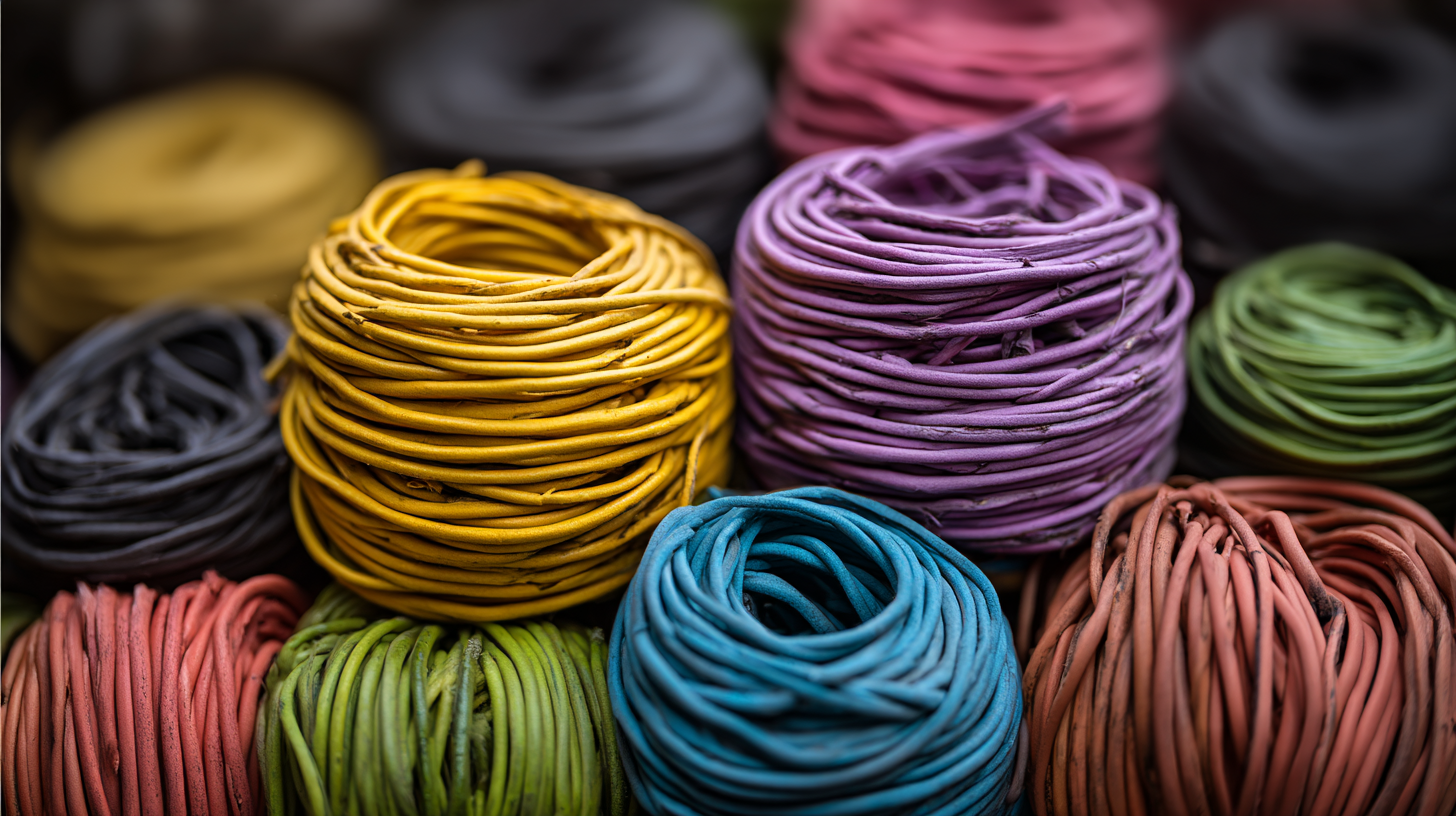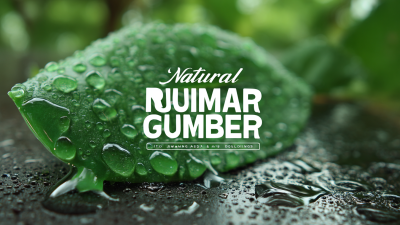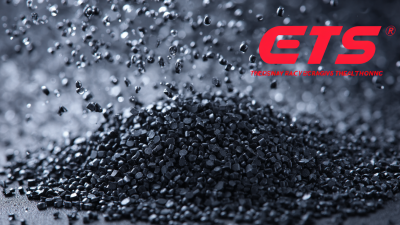How to Select the Best Natural Gum Rubber for Your Sustainable Products
In today's eco-conscious marketplace, selecting the right materials for sustainable products is crucial, and Natural Gum Rubber stands out as a premier option due to its renewable properties and biodegradability. When considering how to integrate this versatile material into your product line, it is essential to understand its origin, processing methods, and environmental impact. Natural Gum Rubber, derived from the sap of rubber trees, offers numerous benefits that align with sustainable practices, including reduced carbon footprint and support for biodiversity. As consumers increasingly prioritize eco-friendly products, manufacturers must assess various factors such as quality, sourcing, and certifications to ensure they select the best Natural Gum Rubber for their needs. This guide aims to provide valuable insights into making informed decisions, empowering you to create high-quality, sustainable products that resonate with environmentally conscious consumers.

Understanding the Different Types of Natural Gum Rubber Available in the Market
When selecting the best natural gum rubber for sustainable products, it’s essential to understand the various types available in the market. Natural rubber latex is derived from the sap of rubber trees and comes in different forms, including sheets, crepes, and latex. Each type offers unique properties that cater to specific applications—from medical supplies to eco-friendly consumer goods. Compared to synthetic options, natural rubber is biodegradable and can enhance the sustainability profile of your products, making it a popular choice among environmentally-conscious manufacturers.
**Tips:**
- Consider the environmental impact of the sourcing process. Look for suppliers committed to sustainable practices and certifications.
- Evaluate the intended use of your product. For instance, if flexibility and durability are priorities, opt for high-quality latex formulations.
- Assess compatibility with other materials. Natural rubber's versatility can be leveraged when combined with various substances for enhanced functionality.
As you navigate the array of options, being informed about market trends, such as the projected growth rates and innovations in natural rubber processing, can guide your decisions towards selecting a superior product that aligns with your sustainability goals.
How to Select the Best Natural Gum Rubber for Your Sustainable Products
| Type of Natural Gum Rubber | Source | Properties | Typical Applications | Environmental Impact |
|---|---|---|---|---|
| Natural Rubber (NR) | Hevea brasiliensis tree | High elasticity, tensile strength | Tires, footwear, adhesives | Biodegradable, renewable resource |
| Guayule Rubber | Guayule plant (Parthenium argentatum) | Lower allergenic potential | Medical supplies, insulation | Sustainable farming methods |
| Bamboo Rubber | Bamboo species | Natural antimicrobial properties | Eco-friendly products, mattress padding | Fast-growing, reduces carbon footprint |
| Sustainable Rubber | Sourced from certified sustainable farms | Consistent quality, traceability | Sports equipment, automotive parts | Supports biodiversity, community development |
Evaluating Sustainable Sourcing Practices for Natural Gum Rubber
When evaluating sustainable sourcing practices for natural gum rubber, it is essential to consider the ecological impact of production methods. One of the most critical aspects is ensuring that the rubber is harvested from sustainably managed forests. Suppliers should adhere to practices that promote biodiversity and protect local ecosystems. Certifications from recognized organizations can serve as a benchmark for assessing the sustainability of rubber sources, ensuring that the rubber is not only environmentally friendly but also socially responsible.
Moreover, transparency in the supply chain is vital for ensuring ethical practices. Brands should prioritize partnerships with suppliers who are willing to disclose their sourcing practices and labor conditions. This includes understanding the communities involved in rubber tapping and ensuring fair wages and health benefits for workers. Adopting a life cycle assessment approach can further aid businesses in narrowing their focus on local sourcing and minimizing carbon emissions associated with transportation. By prioritizing these sustainable sourcing practices, companies can develop high-quality products while supporting environmental and social integrity across the natural gum rubber supply chain.
Natural Gum Rubber Sustainable Sourcing Evaluation
Assessing Quality and Performance Criteria for Natural Gum Rubber Products
When selecting natural gum rubber for sustainable products, it is crucial to assess quality and performance criteria to ensure longevity and functionality. First, consider the source of the rubber. High-quality natural gum rubber is harvested from sustainable rubber trees, predominantly the Hevea brasiliensis species. Certifications such as Rainforest Alliance or Forest Stewardship Council can guide consumers in identifying responsibly sourced materials that minimize environmental impact.

Secondly, evaluate the physical properties of the gum rubber, including elasticity, tensile strength, and resilience. Quality rubber should exhibit high elasticity, allowing it to return to its original shape after deformation, which is vital for products like footwear and sporting goods. Testing for abrasion resistance and aging stability can further indicate how well the rubber will perform over time when subjected to varying environmental conditions. Understanding these attributes will empower manufacturers and consumers alike to choose natural gum rubber that not only meets sustainability goals but also provides the desired performance in their applications.
Considering Environmental Impact and Certifications for Sustainable Gums
When selecting natural gum rubber for sustainable products, it is crucial to assess its environmental impact alongside certifications. Natural gum rubber is recognized for its biodegradability and lower carbon footprint compared to synthetic alternatives. According to recent industry reports, the global sustainable footwear market, which often incorporates such eco-friendly materials, is projected to reach $11.1 billion by 2024, growing at a compound annual growth rate (CAGR) of 11.21% until 2033. This growth reflects an increasing consumer demand for products that prioritize sustainability and environmental health.
Furthermore, certifications play a pivotal role in verifying the sustainability of natural gums. Products certified by reputable organizations assure consumers that the materials used meet specific environmental standards. In the context of the liquid silicone rubber (LSR) market, which is often compared to natural rubber alternatives, the growing applications in various industries highlight the demand for sustainable materials. The LSR market is anticipated to expand alongside these eco-friendly initiatives, reinforcing the importance of making informed choices about the materials we use in product design and manufacturing. By considering both environmental impact and industry certifications, manufacturers can contribute to a more sustainable future.

Making Cost-Effective Decisions When Selecting Natural Gum Rubber for Your Needs
When selecting natural gum rubber for sustainable products, cost-effectiveness is a crucial factor that organizations cannot overlook. Natural gum rubber is derived from latex, a renewable resource, making it an eco-friendly choice. However, balancing the environmental benefits with budget constraints requires careful consideration. By exploring various suppliers, brands, and product specifications, one can identify options that meet both sustainability goals and financial limitations.
It is essential to analyze the total cost of ownership rather than just the initial purchase price. This means considering factors such as durability, maintenance, and potential for recycling or reprocessing. High-quality natural gum rubber may come with a higher upfront cost but can result in savings over time due to its longevity and reduced waste. Additionally, investing in locally sourced rubber can reduce transportation costs and carbon footprint, further enhancing the sustainability of the product. By focusing on these aspects, businesses can make informed, cost-effective decisions that align with their commitment to sustainability.
Related Posts
-

Exploring Sustainable Alternatives to Best Natural Gum Rubber for Global Buyers
-

Exploring Innovative Alternatives to Polyisoprene Rubber in Modern Manufacturing
-

Understanding the Benefits of Polyisoprene Rubber for Global Supply Chains
-

Elevating Global Standards with China's Premier High Cis Polybutadiene Solutions
-

Top Quality Butadiene Rubber from China Leading the Global Supply Chain
-

Chinese Factories Leading the Way to Global Trust with Best Nbr Solutions

